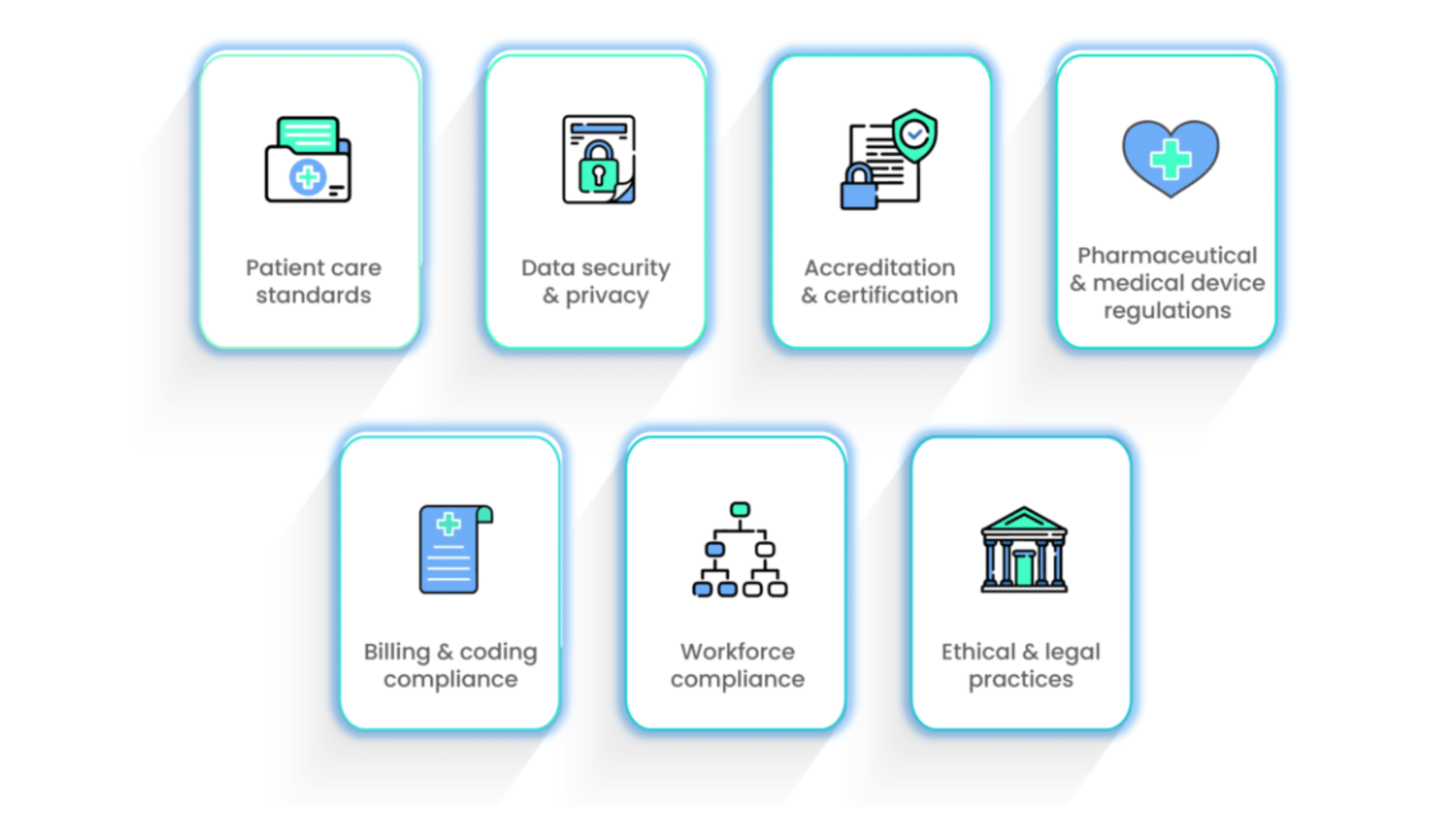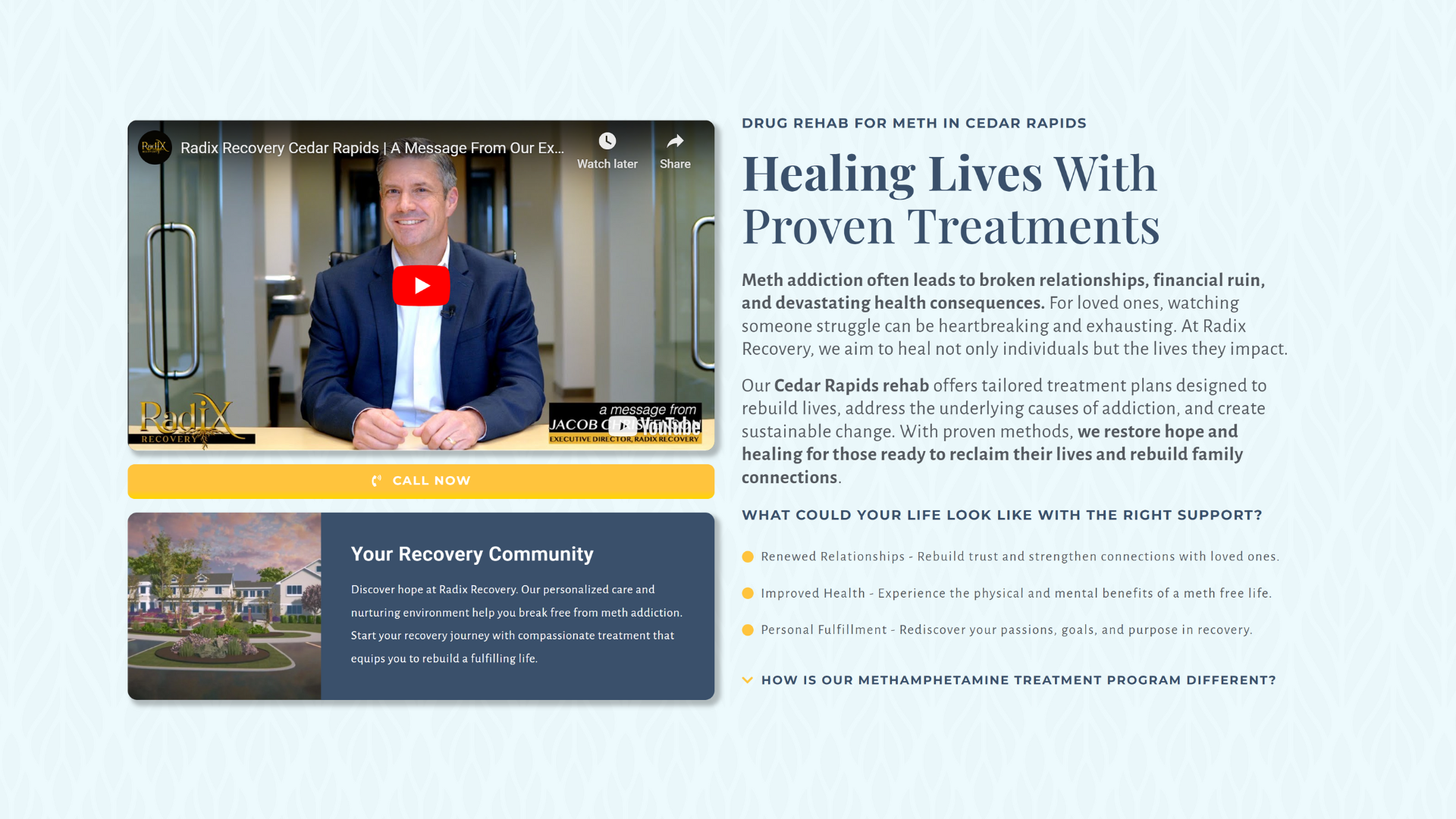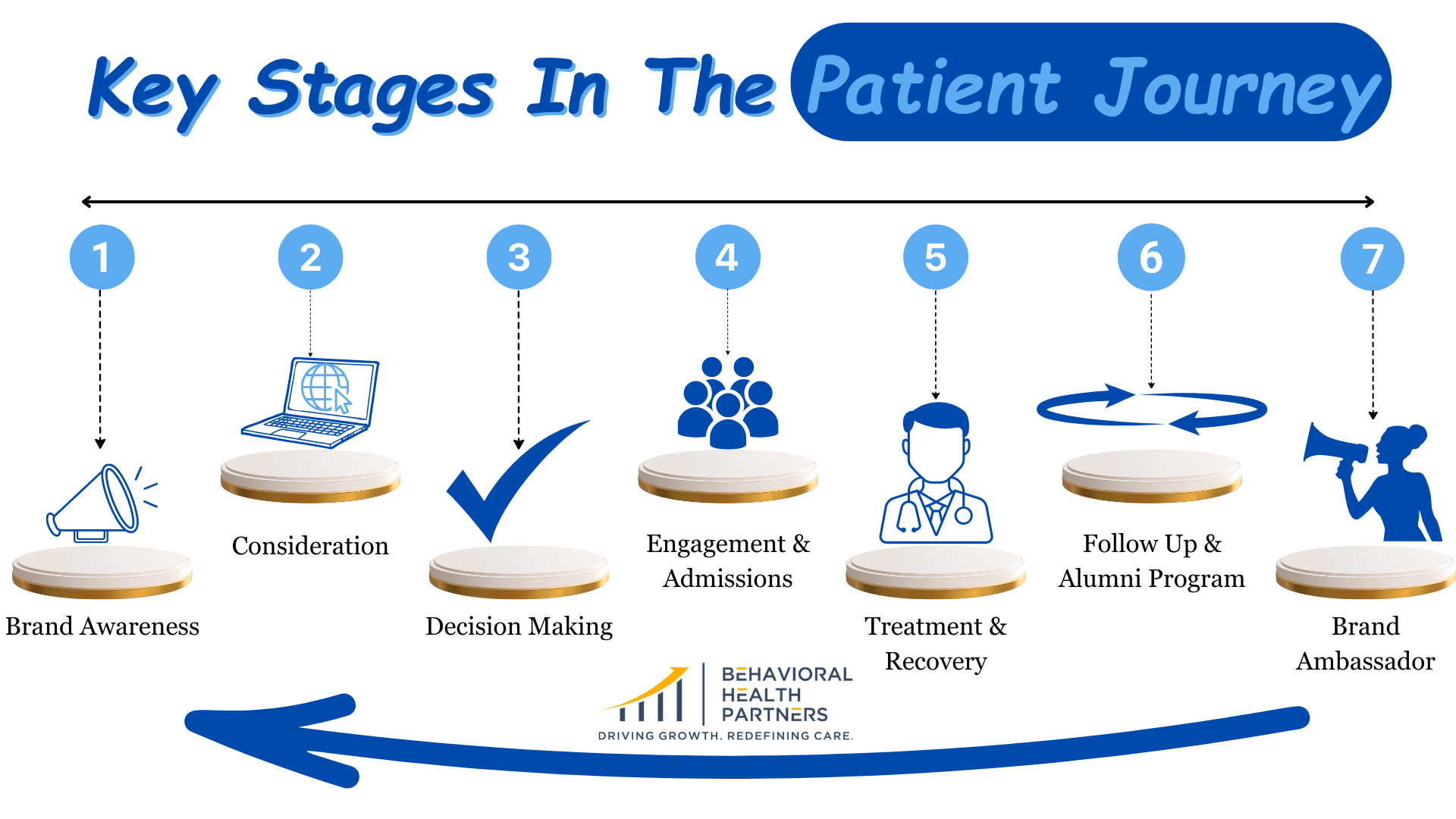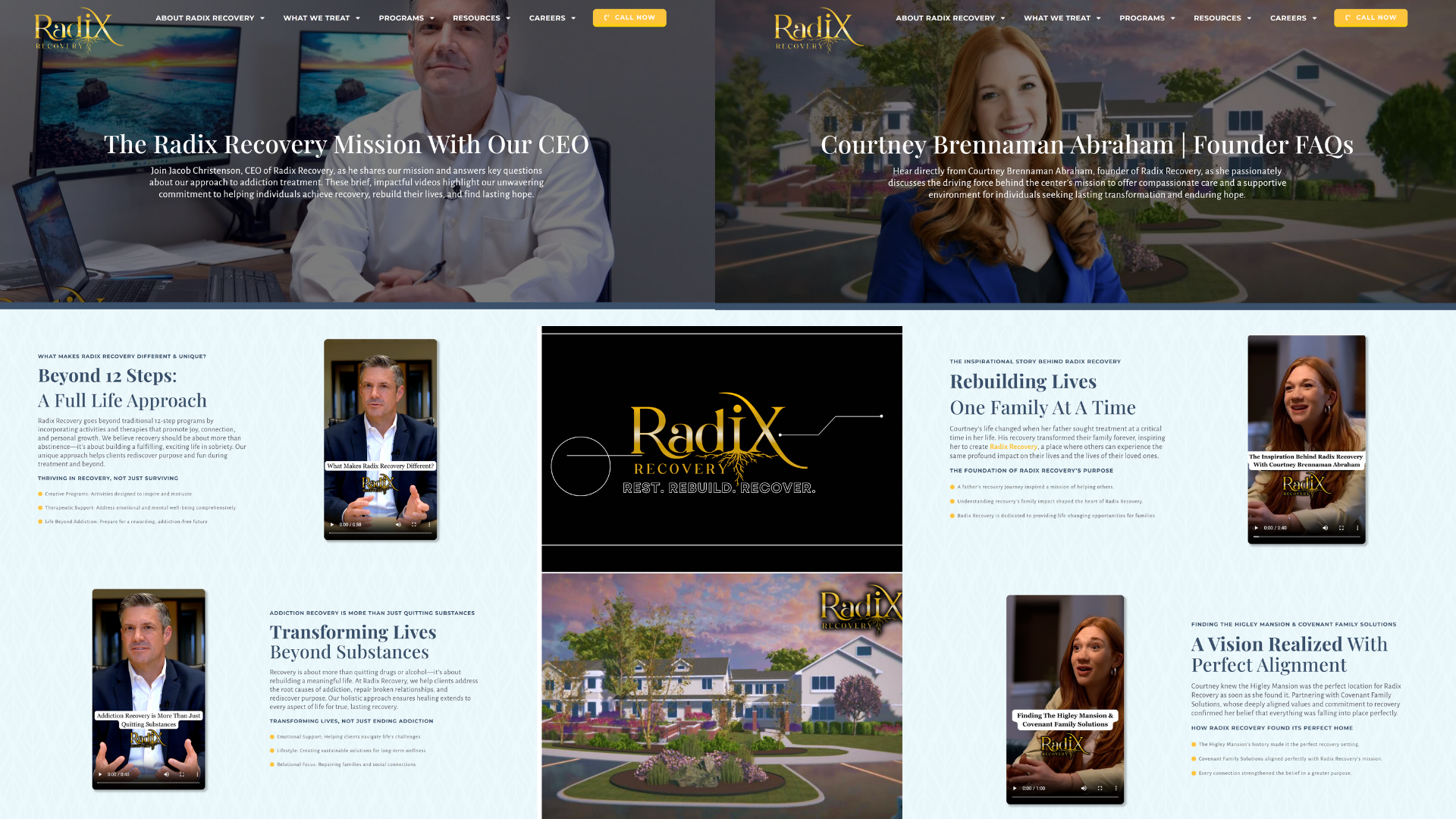Healthcare marketing presents unique challenges that require a strategic, data-driven approach to attract new patients while maintaining HIPAA compliance and ensuring patient engagement. With increasing healthcare costs, evolving patient expectations, and the complexities of digital marketing, healthcare providers often struggle to implement effective marketing campaigns that drive real results.
This article explores the top seven healthcare marketing challenges and provides actionable solutions to help healthcare organizations enhance service quality, improve brand messaging, and optimize marketing efforts. By the end, you’ll have a clear roadmap to strengthen your healthcare brand and stand out in the healthcare sector.
1. Navigating Strict Healthcare Marketing Regulations

Understanding HIPAA, ADA, and FDA Compliance
Marketing in the healthcare industry comes with strict regulations designed to protect patient data, ensure patient safety, and maintain ethical advertising practices. Healthcare providers must comply with the Health Insurance Portability and Accountability Act (HIPAA), which restricts how protected health information (PHI) is used in digital advertising.
Additionally, the Americans with Disabilities Act (ADA) requires hospital websites and online content to be accessible to individuals with disabilities, while the Food and Drug Administration (FDA) regulates promotional materials for medical treatments and pharmaceuticals.
Avoiding Costly Violations & Lawsuits
Non-compliance can lead to severe penalties, lawsuits, and reputational damage. One of the most common marketing challenges is unintentionally sharing PHI in patient testimonials, before-and-after photos, or social media posts without explicit consent. Additionally, healthcare businesses often fail to ensure that digital marketing tools, such as Google Ads, align with HIPAA regulations.
A deep understanding of compliance laws prevents costly mistakes, allowing healthcare organizations to focus on improving health outcomes while maintaining a trustworthy healthcare brand.
???? Healthcare Marketing
Do’s & Don’ts
- ✅ Do: Use data-driven approaches to analyze patient behavior and craft ethical, HIPAA-compliant digital ads.
- ❌ Don’t: Share patient stories or online reviews without documented, explicit consent.
- ✅ Do: Ensure brand messaging remains compliant by working with experienced healthcare marketing professionals.
- ❌ Don’t: Use misleading claims about medical practice success rates.
2. Increasing Patient Acquisition in a Competitive Market

The Challenge of Local SEO for Healthcare Providers
Attracting potential patients requires more than just ranking on Google—it demands visibility in localized searches. Traditional SEO strategies often focus on broad keywords, but healthcare providers face unique challenges because health-related searches are geographically specific.
Patients searching for a doctor, specialist, or treatment facility prioritize convenience, meaning a strong local SEO presence is critical.
Why Paid Ads Alone Won’t Sustain Growth
While paid ads can drive traffic, relying solely on digital advertising without a solid content marketing foundation leads to inconsistent patient flow. The biggest challenge with pay-per-click (PPC) ads is that once spending stops, so do the results. Additionally, healthcare providers must ensure data security while running ad campaigns to maintain their brand’s reputation.
???? High-Impact Patient Acquisition Strategies
- ✅ Optimize Google Business Profiles for local search rankings.
- ✅ Leverage patient reviews to build trust and credibility.
- ✅ Encourage patients through targeted direct mail campaigns.
- ✅ Integrate new technologies to enhance patient engagement.
- ✅ Develop authoritative content that improves brand’s reputation over time.
3. Managing Reputation & Online Reviews

The Power of Patient Testimonials & Star Ratings
In the digital era, patient feedback plays a crucial role in shaping the success of healthcare marketing efforts. Online reviews are often the first touchpoint for potential patients, influencing their perception of healthcare providers before an appointment is even scheduled. Positive testimonials boost patient satisfaction, while negative reviews—if left unaddressed—can deter future patients and damage trust.
Reputation Management Strategies for Healthcare Providers
Ignoring online feedback is one of the biggest challenges of healthcare marketing for providers. Failing to monitor or respond to reviews allows public perception to be shaped without their input, potentially harming their reputation. A proactive approach to reputation management ensures that healthcare marketing efforts align with the patient experience.
???? How Reviews Impact Patient Trust
- ✅ Increases credibility: Patients are more likely to trust highly-rated healthcare providers.
- ✅ Drives decision-making: Online reviews influence whether a patient books an appointment.
- ✅ Enhances marketing success: Positive testimonials strengthen healthcare marketing strategies.
- ✅ Improves patient engagement: Thoughtful responses to patient feedback show commitment to quality care.
4. Converting Website Visitors into Actual Patients

Why Most Healthcare Websites Fail to Convert
A well-structured website is the foundation of a successful healthcare marketing strategy, yet many healthcare organizations struggle with low conversion rates. The primary healthcare marketing challenges related to website performance stem from slow load times, poor navigation, and a lack of trust signals.
Outdated or unresponsive websites create frustration, leading prospective patients to abandon their search and seek care elsewhere. In a competitive healthcare industry, a cluttered or poorly designed website can drive traffic away instead of encouraging appointment bookings. Additionally, missing essential marketing items, such as service pages, patient testimonials, and clear call-to-action (CTA) buttons, can prevent users from taking the next step in their patient journey.
CRO Strategies That Increase Appointment Bookings
A medical marketing strategy that prioritizes conversion rate optimization (CRO) can significantly improve patient acquisition. Many healthcare organizations overlook key tools, such as online appointment scheduling, which streamlines the patient journey. Additionally, strong CTAs strategically placed throughout the site encourage users to take action.
???? Must-Have Website Features for Healthcare Practices
- ✅ Fast-loading pages: Prevents drop-offs and improves user experience.
- ✅ Clear CTAs: Guides prospective patients toward scheduling appointments.
- ✅ Trust signals: Includes verified reviews, certifications, and doctor bios.
- ✅ Mobile-friendly design: Ensures accessibility across all devices.
- ✅ Appointment scheduling integration: Simplifies the booking process for patients.
5. The Complexity of Multi-Channel Marketing

Why a One-Size-Fits-All Strategy Fails in Healthcare
The healthcare industry requires a customized approach to marketing, yet many healthcare organizations struggle with fragmented strategies that fail to connect with their target audience. A uniform plan for PPC, SEO, social media, and email marketing does not work because patient demographics, needs, and behaviors vary significantly across different specialties and services.
One of the biggest marketing challenges is integrating these channels effectively while maintaining consistency. Without a strategic approach, marketing teams risk delivering mixed messages, losing engagement, and failing to reach key stakeholders in the healthcare system.
Creating a Seamless Omni-Channel Marketing Strategy
A true omni-channel approach ensures that every touchpoint in the patient journey reinforces a consistent brand message. From social media platforms to search engines and email outreach, a well-connected strategy enhances patient trust and engagement.
Retargeting plays a key role in keeping prospective patients engaged. Many individuals explore their options before making a healthcare decision, so leveraging new technologies like artificial intelligence can help tailor follow-up content and increase conversion rates.
???? Multi-Channel vs. Omni-Channel Marketing
- ✅ Multi-Channel: Separate marketing efforts across different platforms.
- ✅ Omni-Channel: A connected experience with consistent messaging across all channels.
- ✅ Multi-Channel: Patients may see conflicting or repetitive messaging.
- ✅ Omni-Channel: Patients receive personalized, seamless interactions at every touchpoint.
6. Tracking ROI & Measuring Marketing Success

Why Healthcare Marketing Metrics Are Difficult to Track
One of the biggest marketing challenges in the healthcare industry is accurately measuring return on investment (ROI). Unlike traditional businesses, where purchases happen instantly, the patient journey is longer and more complex. Patients often research providers, consult multiple sources, and take weeks before scheduling an appointment, making attribution difficult.
Call tracking and conversion tracking are essential for understanding which marketing campaigns generate actual patient inquiries. However, many marketing teams lack the right tools or expertise to link digital efforts to real-world patient visits. Without clear insights, healthcare organizations waste resources on ineffective strategies.
Key Performance Indicators (KPIs) for Healthcare Marketing
To improve decision-making, marketing teams must focus on key performance indicators (KPIs) that provide measurable insights into campaign success. These metrics help identify what’s working and where adjustments are needed.
???? Essential Healthcare Marketing KPIs
- ✅ Cost per lead (CPL): Tracks the cost of acquiring each patient inquiry.
- ✅ Cost per acquisition (CPA): Measures the total spend required to convert a patient.
- ✅ Appointment rate: Shows how many inquiries turn into scheduled visits.
- ✅ Patient lifetime value (LTV): Determines long-term revenue generated per patient.
- ✅ Social media engagement: Evaluates content performance and brand awareness.
7. Standing Out in an Oversaturated Market

The Challenge of Differentiating in a Crowded Industry
With countless healthcare organizations offering similar healthcare services, standing out in a competitive market is one of the biggest marketing challenges providers face. Patients are overwhelmed with choices, making it difficult for them to distinguish between healthcare professionals who offer comparable treatments, expertise, and facilities.
Branding is more than just a logo—it’s the marketing strategy that shapes patient perception, builds trust, and fosters long-term loyalty. Without a clear and compelling identity, even the best healthcare services can struggle to attract and retain new patients. Patients don’t just look for providers; they look for healthcare professionals who align with their values, expectations, and emotional needs.
Building a Unique Brand That Resonates with Patients
To truly differentiate, healthcare marketing teams must create an authentic, patient-centric brand that communicates expertise and compassion. A well-crafted brand story that highlights a provider’s mission, values, and commitment to care can make an emotional connection with the target audience.
Visual identity is equally important—professional design, cohesive colors, and an intuitive website can elevate a brand’s perception. Consistency across all marketing channels strengthens credibility, making new patients feel more confident in their choice.
???? How to Create a Unique Healthcare Brand
- ✅ Define your mission: Clearly communicate what sets you apart.
- ✅ Develop a strong visual identity: Maintain consistency across all platforms.
- ✅ Craft compelling patient-centered messaging: Address specific concerns of your target audience.
- ✅ Engage patients emotionally: Tell stories that resonate on a personal level.
- ✅ Ensure consistency in marketing efforts: Keep branding uniform in all marketing campaigns.
Why Expert-Led Healthcare Marketing Is the Solution
Many healthcare organizations attempt to handle their own marketing strategy, believing that a few ads and social media posts will drive patient growth. However, DIY healthcare marketing often leads to wasted budgets, inconsistent messaging, and compliance risks. Without a deep understanding of industry-specific regulations and patient behavior, providers struggle to attract new patients and maintain a strong brand presence.
Without expert guidance, healthcare professionals may unknowingly violate compliance laws, fail to generate patient engagement, or invest in ineffective marketing campaigns. The result? Lost revenue, missed opportunities, and a brand that fails to stand out in a crowded market.
The Risks of DIY Marketing vs. The Power of Expert Strategy
Professional healthcare marketers bring experience, data-driven decision-making, and a strategic approach to reaching the right target audience. Instead of guessing what works, expert-led marketing aligns with industry best practices to ensure healthcare services are positioned effectively.
Behavioral Health Partners specializes in scaling healthcare organizations by crafting tailored marketing strategies that drive real patient growth. Our team integrates healthcare professionals’ expertise into compelling messaging, builds trust with patients, and ensures every campaign is compliant and high-converting.

